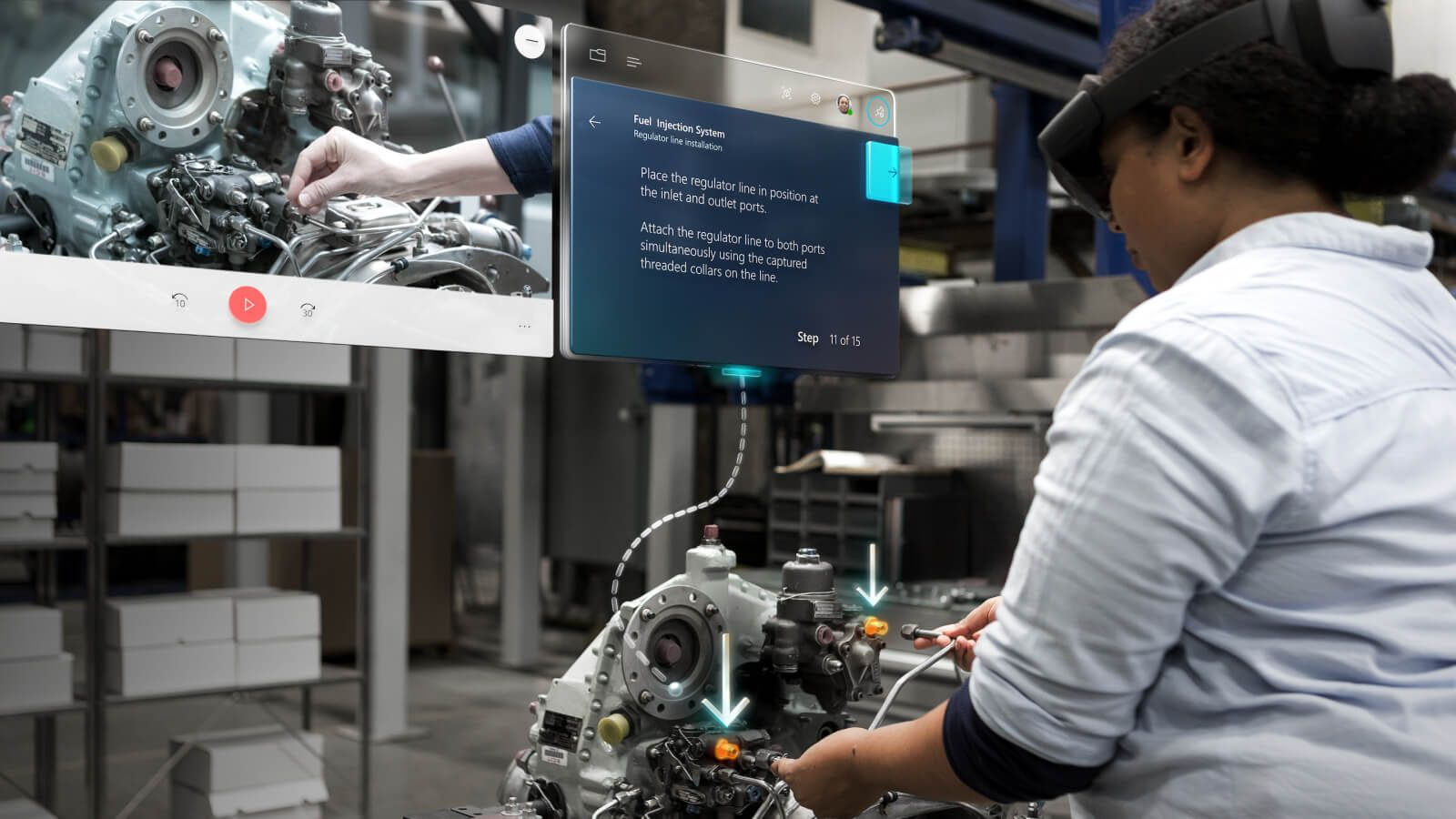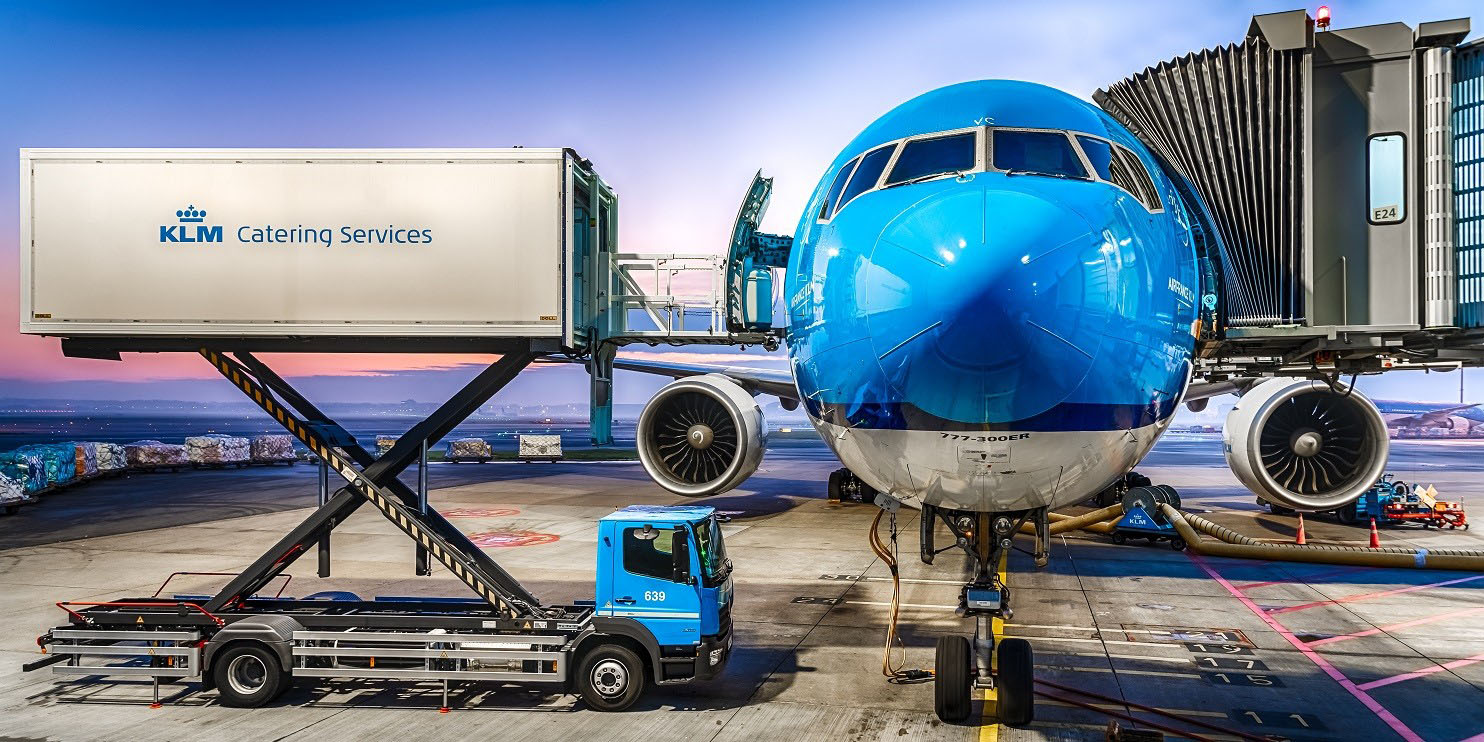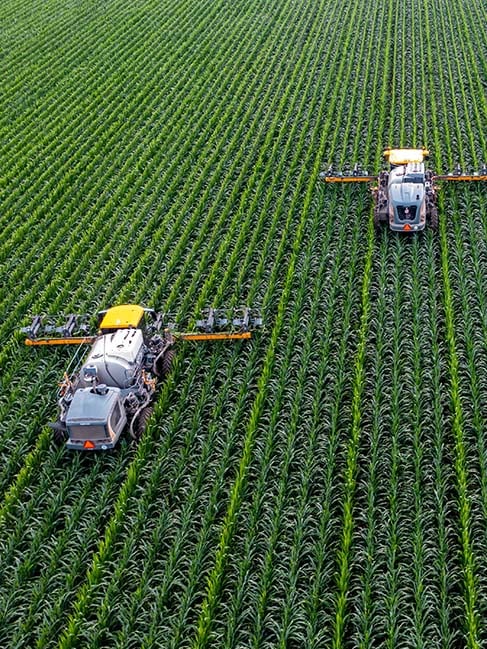Gaining insight into the impact of sustainability
Sustainability has become an essential cornerstone of any modern business. Measuring the CO₂ footprint of companies is not just about factories, offices, and mobility but also about getting insight into the entire chain. How do you accomplish this, and how can technology support?
Although more and more companies recognize that sustainability is vital to the future of their business, many find it difficult to measure the environmental impact of their operations. Yet it's necessary. Various regulations force organizations to report on this aspect, in no small part due to a European directive requiring listed companies to include sustainability measurements in their annual reports.
Both large and small companies have to deal with this. The directive stipulates that companies required to report on sustainability should have insight into their supply chain. That means that suppliers, transport channels, retailers, and other partners must also have this information available. Suppose a listed company does business with a company that cannot demonstrate how it meets its sustainability criteria. In that case, it will be forced to switch to an alternative supplier that does operate sustainably and can support this with data.
It is a fact that customers increasingly vote with their wallets and prefer to buy from sustainable companies. Deloitte research from 2021 shows that 28 percent of customers have already stopped buying certain products due to ethical or environmental concerns. When granting loans, banks also increasingly require a company to operate sustainably. Therefore, sustainable entrepreneurship is no longer just a socially responsible goal; it is essential to continue doing business.

Types of sustainability
The criteria that must be met depend on the sector. Every company must deal with energy consumption, but for some industries, reducing CO₂ emissions is more important. For others, setting up an infrastructure for recycling, upcycling, and remanufacturing of materials is more urgent. Manufacturing is looking at optimization throughout the business chain with intelligent factories, whereas finance collects ESG data to report on compliance. In any case, companies should set sustainability goals and use data to clarify how these goals are achieved.
You need to know what you emit, consume, and pollute before you can measure the impact of new plans. Such a baseline can be established, for example, with a solution such as Microsoft's Cloud for Sustainability. The company has the ambitious climate goal of working net-zero by 2030. This means that business activities generate no CO₂ emissions by, for instance, using only solar energy for power consumption.
Cloud for sustainability is currently still in a test phase, but customers will soon be able to use this environment to make the sustainability journey tangible. It all starts with measuring. The SaaS solution identifies what data requirements there are, what is immediately available, what data can be used and tries to fill in gaps with statistical models. This gives customers immediate insight into where they stand regarding energy consumption, among other things.
Better together
It's to the advantage of such plans that other companies also take steps towards sustainability. Operating net-zero yourself is one thing, but if retailers, distributors, and customers are still polluting, the overall business chain is far from net-zero.
That's why it's so important to work together closely in the chain. Fellowmind shares Microsoft’s goal of working net-zero by 2030, and has signed its Partner Pledge for a brighter future. This pledge is a promise to foster collaboration, inspire our partners and customers, and develop new solutions that promote sustainability.
Making effects tangible
In short, it's about measuring current impact, setting goals, and then adapting the business, by using green energy and replacing non-sustainable equipment. Also, consider steps such as adjusting the energy labels for buildings. Label D is no longer sufficient for offices from 1 January 2023, which means renovations such as adjusting the air quality system, applying triple glazing, replacing old energy-guzzling machines, and more are required. With data from before and after the change, you can make the impact of measures tangible for the business, customers, and other stakeholders.





